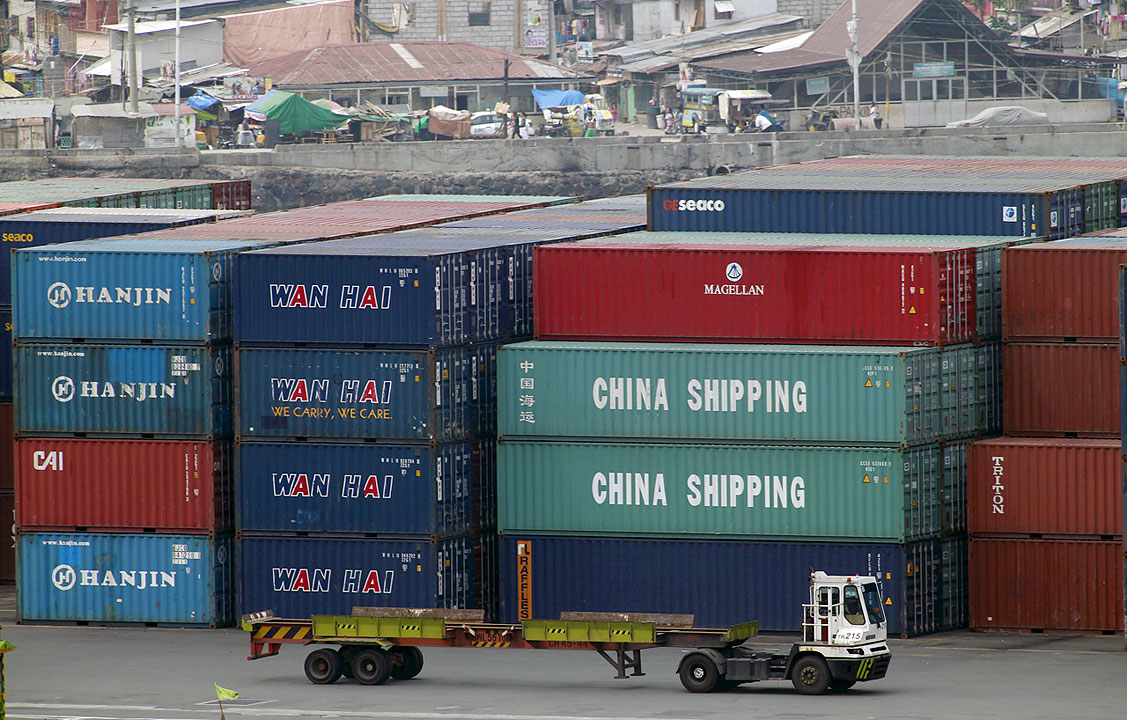
THE REGIONAL Comprehensive Economic Partnership (RCEP) will enter into force for the Philippines in June, Trade Secretary Alfredo E. Pascual said on Thursday.
At a Palace briefing, he said President Ferdinand R. Marcos, Jr. had approved the executive order (EO) operationalizing the Philippines’ tariff commitments under RCEP.
“Anytime now (the EO will be signed), but the effectivity (of RCEP) will be on the second of June 2023… Hopefully (it can be signed) at an earlier time, so that the [Bureau of] Customs (BoC) can also prepare their administrative order,” he said.
The effectivity date of the trade deal is 60 days after the country’s instrument of ratification is deposited to the Association of Southeast Asian Nations (ASEAN) secretary-general on April 3.
The Philippine Senate gave its concurrence to the RCEP on Feb. 21, more than a year after the trade deal entered into force for other members on Jan. 1, 2022.
“Once issued, the EO shall be the basis of the BoC for the issuance of a Customs administrative order which shall be distributed to all ports to allow for the implementation of the preferential tariffs on exports from RCEP member countries,” Mr. Pascual said.
The other RCEP participating countries are the nine member states of ASEAN, Australia, China, Japan, South Korea, and New Zealand.
Based on the draft EO endorsed to the National Economic and Development Authority Board on Thursday, Mr. Pascual said the country’s RCEP commitment will maintain current preferential tariffs on agricultural and industrial tariff lines.
“Essentially, the EO will maintain current preferential tariffs on about 98.1% of the 1,718 agricultural tariff lines and 82.7% of the 8,102 industrial tariff lines,” he said.
“Out of the 1,685 agricultural tariff lines retained at current rates, 1,426 tariff lines are maintained at zero, while 154 tariff lines will remain in their respective most favored nation rates and are excluded from any tariff concession.”
Tariffs on “sensitive” and “highly sensitive” agricultural products will be lower in the country’s RCEP commitments compared with the most favored nation rates, Mr. Pascual said.
“For the remaining 33 lines — these are the important 33 lines — the EO will reduce tariff rates upon entry into force or implement gradual reduction over a period of 15 to 20 years. But if you examine these tariff lines, it will involve agricultural products which are not really being produced very much in the Philippines,” he added.
Michael L. Ricafort, Rizal Commercial Banking Corp. chief economist, told BusinessWorld in a Viber message the RCEP could help boost trade and attract foreign investments.
“This would make multinational companies more decisive to locate and bring in more foreign direct investments to the country as the RCEP allows them to access more export markets at reduced/zero tariffs, as well as source more inputs from more countries around the world at reduced or zero import tariffs,” he added.
Meanwhile, Mr. Pascual said the country’s export development plan for 2023 to 2028 is expected to be launched on June 9.
“This will show our strategy for the next five to six years to increase the exports from our country,” he said.
The plan aims to transform the Philippines into an exporter of high-value products and services from being an exporter of commodities and intermediate goods.
The Philippine export development plan will be approved by the Export Development Council chaired by Mr. Pascual.
The local export sector is expected to generate $240.5 billion worth of export earnings by 2028 if the export development plan is implemented. — Revin Mikhael D. Ochave
RCEP to enter into force for Philippines in June
Source: Bantay Radio
0 Comments